During my recent trip to Shillong with Julie, the founder of Curtain Call Adventures, I was introduced to a fascinating local tradition called Teer. This archery-based lottery is unique to Meghalaya and offers a glimpse into the state’s rich cultural tapestry.
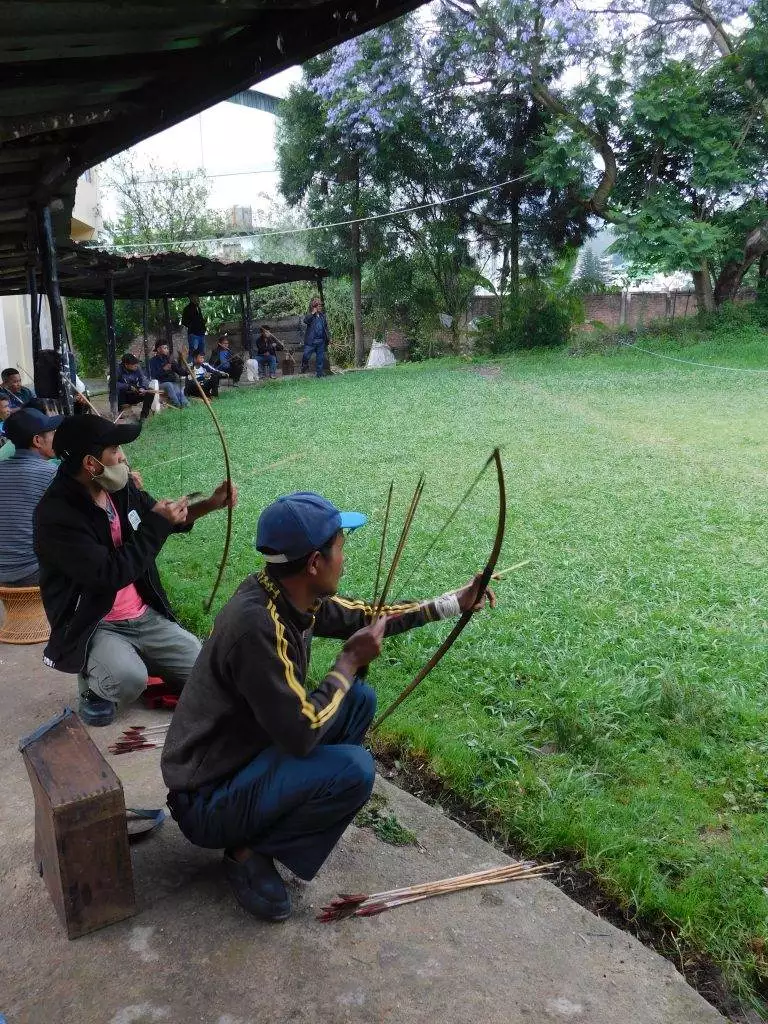

As I strolled through Shillong’s bustling streets, I had noticed small, unassuming booths scattered throughout the city, with numbers scrolled in chalk on boards outside. Julie explained that these were Teer betting counters, a common sight for locals but intriguing for visitors like myself. People of all ages huddled around these booths, scribbling numbers on tiny slips of paper and exchanging them for equally small tickets. Julie shared that her grandmother was an avid Teer enthusiast, firmly believing in the connection between dreams and winning numbers. This blend of gambling and local superstition, I learned, is deeply ingrained in Meghalayan culture. Dream interpretations for Teer are widespread, with different dream scenarios corresponding to specific numbers. For instance, an erotic dream might suggest the numbers 03, 08, 13, 37, 40, or 73. Dreaming of flying in an airplane? You might want to bet on 23, 43, 53, 63, 68, 73, 83, or 93. The list goes on, covering various scenarios from seeing ghosts to having money-related dreams. It’s a fascinating system that adds an extra layer of mystique to the game.

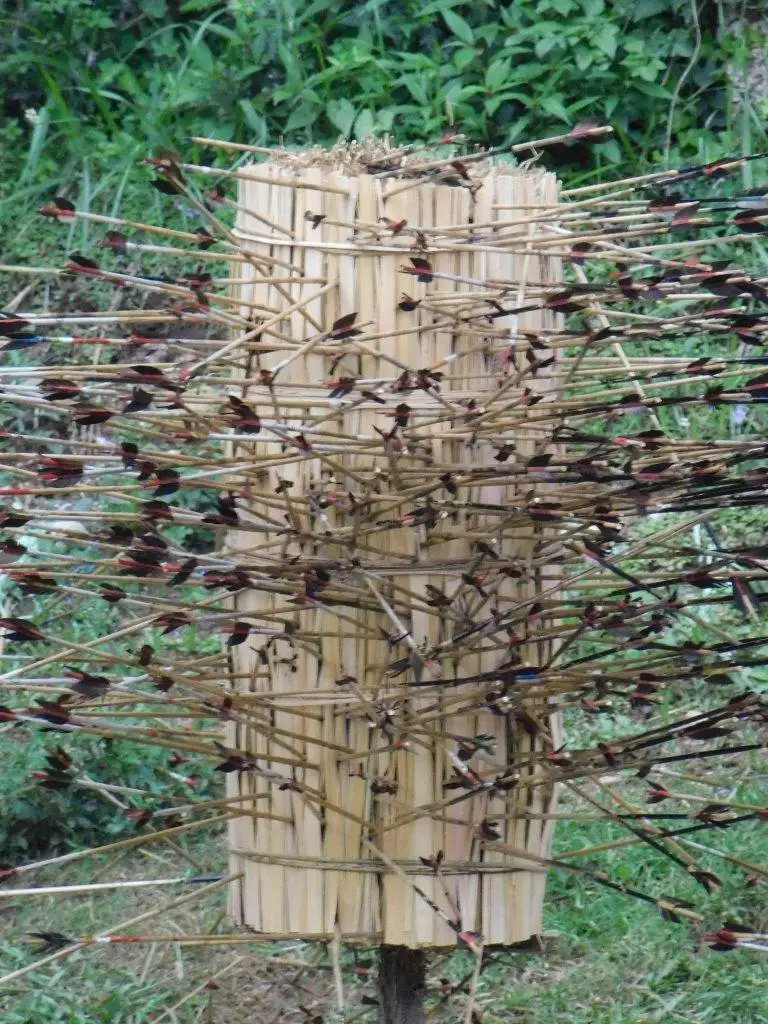
So it was decided, on my final day in Meghalay, to see the Teer at the main Shillong venue. Located just outside the Shillong polo ground, I was struck by its very modest appearance. There was no grand stadium or flashy signage – just a simple circular target area with the target set up in the middle. The archers themselves were an eclectic group, ranging from young men in their 20s to seasoned veterans who looked to be in their 70s. They prepared for the event with a casual ease that belied its importance to the local community.
Julie explained the rules of Teer, which are deceptively simple. There are two rounds each day. In each round, a group of archers shoots arrows at the target. The number of arrows isn’t fixed but falls between 300 and 1,000. The winning number for each round is determined by the last two digits of the total number of arrows that hit the target. For example, if 789 arrows hit the target, the winning number would be 89. It’s this combination of skill (archery) and chance (the exact number of hits) that makes Teer unique among lottery games. When in Rome and all that, it seemed rude not to have a flutter. The process was straightforward, not unlike betting on horse races back in the UK. I chose a couple a few combinations of numbers and received the tiniest slip of paper with my numbers scrawled on it. I had to be very careful, a gust of wind and my bettng slip would be gone! At 4:15 the archers took their positions, bows at the ready. A whistle blew, and suddenly the arrows started flying from all directions. The speed and precision were impressive, but what struck me most was how quickly it was over. In a matter of minutes, the first round was complete. Five officials then meticulously counted the arrows that had hit the target. The final tally for the first round was announced: 789 arrows had found their mark, making the winning number 89. Unfortunately, it wasn’t one of my chosen numbers, but the excitement of participating was reward enough. While waiting for the second round, Julie shared more about the significance of Teer in Meghalayan culture. It’s not just a daily game, but a practice deeply rooted in local traditions. Teer plays a major role in the annual Shad Suk Mynsiem Festival, a thanksgiving celebration of spring. This connection to cultural festivities elevates Teer from a mere gambling activity to an important cultural practice. The second round at 5:15 PM came and went just as quickly as the first. This time, 567 arrows hit the target, making the winning number 67. Again, luck wasn’t on my side. Julie explained that the odds of correctly predicting one round are 80 to 1, while accurately forecasting both rounds offers a staggering 4,000 to 1 return. These long odds contribute to the excitement and allure of the game. Bets typically range from 1 to 100 rupees, making it accessible to most people. This accessibility is a key factor in Teer’s widespread popularity across Meghalaya.
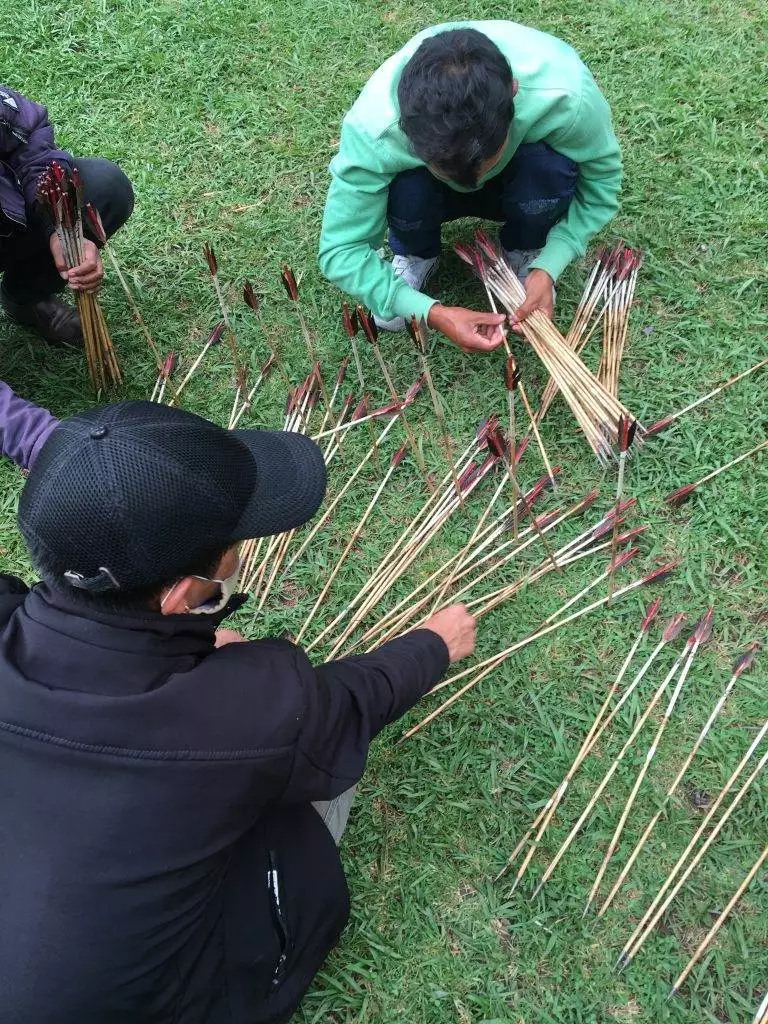
What sets Teer apart from other forms of gambling is its frequency and cultural significance. It occurs twice daily, every day of the year, rain or shine. Betting counters are ubiquitous throughout Meghalaya, from bustling city centres to remote villages. This omnipresence indicates Teer’s integral role in daily life here. The archers themselves earn around 300 rupees per event. While not a princely sum, it provides a steady income for those skilled in archery. This economic aspect of Teer helps preserve traditional archery skills, creating a unique intersection of cultural preservation and modern gambling. While the betting aspect of Teer felt familiar, the use of archery as the basis for a lottery system was certainly novel. It’s this unique combination of traditional skill and chance that makes Teer a distinct experience. In an age where globalization often makes cultures feel homogeneous, Teer stands out as a vibrant, living tradition unique to this corner of India. Reflecting on the experience, I realized why Julie had been so keen to share Teer with me. It truly was something I couldn’t have seen anywhere else in the world. Teer is more than just a game or a form of gambling; it’s a window into the soul of Meghalaya, reflecting the state’s history, traditions, and the everyday lives of its people. The spiritual and mystical elements of Teer add another layer of fascination. The belief in dream interpretations and the consultation of local shamans for lucky numbers showcase how deeply intertwined Teer is with local spiritual practices. This blend of the tangible (archery) and the intangible (spiritual beliefs) creates a rich cultural tapestry that’s uniquely Meghalayan. It’s worth noting that while Teer is a beloved tradition in Meghalaya, it’s not without controversy. Like any form of gambling, it has its critics who worry about its potential for addiction and financial strain on families. However, supporters argue that its cultural significance and the way it preserves traditional archery skills outweigh these concerns. As a traveler, experiences like Teer are what make journeys memorable. It’s not just about seeing new places, but about immersing oneself in different ways of life, understanding local traditions, and gaining new perspectives. Teer offered all of this in spades. Teer is a living, breathing part of Meghalayan culture that combines sport, chance, spirituality, and community in a way that’s entirely unique. While I may not have won any money that day, I left with something far more valuable – a deeper understanding of Meghalaya and its people. It’s experiences like these that remind me why I travel, and why places like Meghalaya continue to captivate and surprise visitors from around the world.
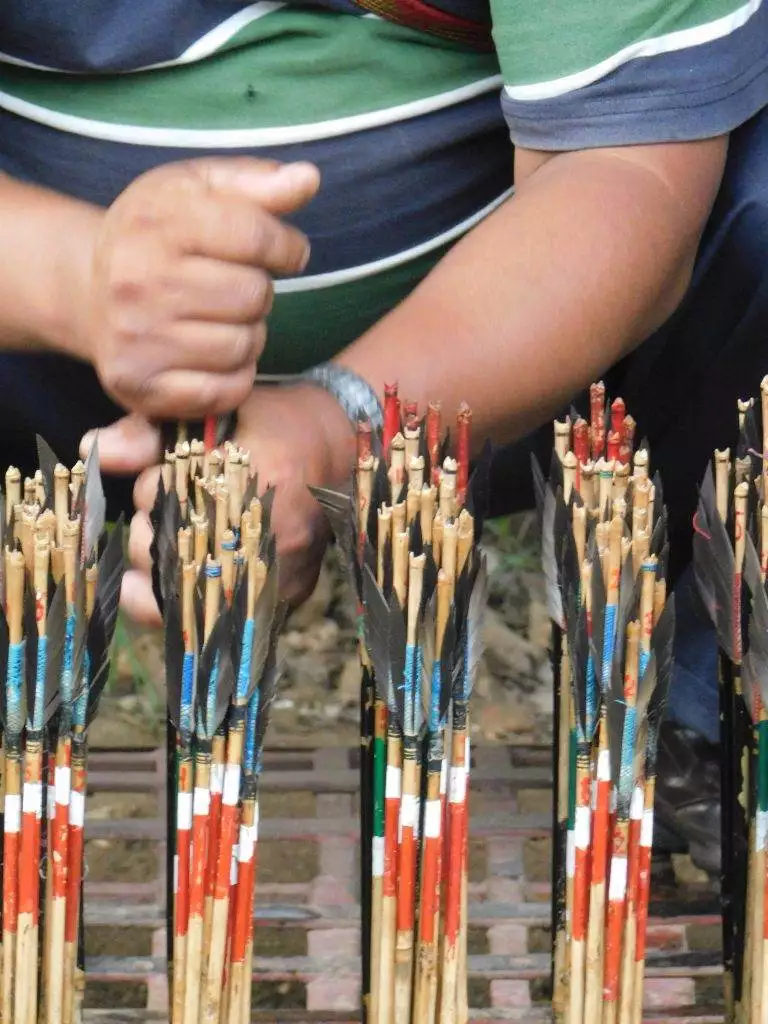
Dreams and Numerology In case you ever want a flutter here are some dream interpretations!
- Erotic dream: 03, 08, 13, 37, 40, 73
- Flying in an airplane: 23, 43, 53, 63, 68, 73, 83, 93
- Money: 00, 14, 15, 20, 25, 35, 50
- Ghost or apparition: 52, 54, 58, 62, 64, 68
- An event: 18, 28, 38, 52, 58, 62
- Husband and wife fight: 03, 08, 13, 37, 40, 73
- Bathing in the open: 08, 18, 28, 48, 78, 98

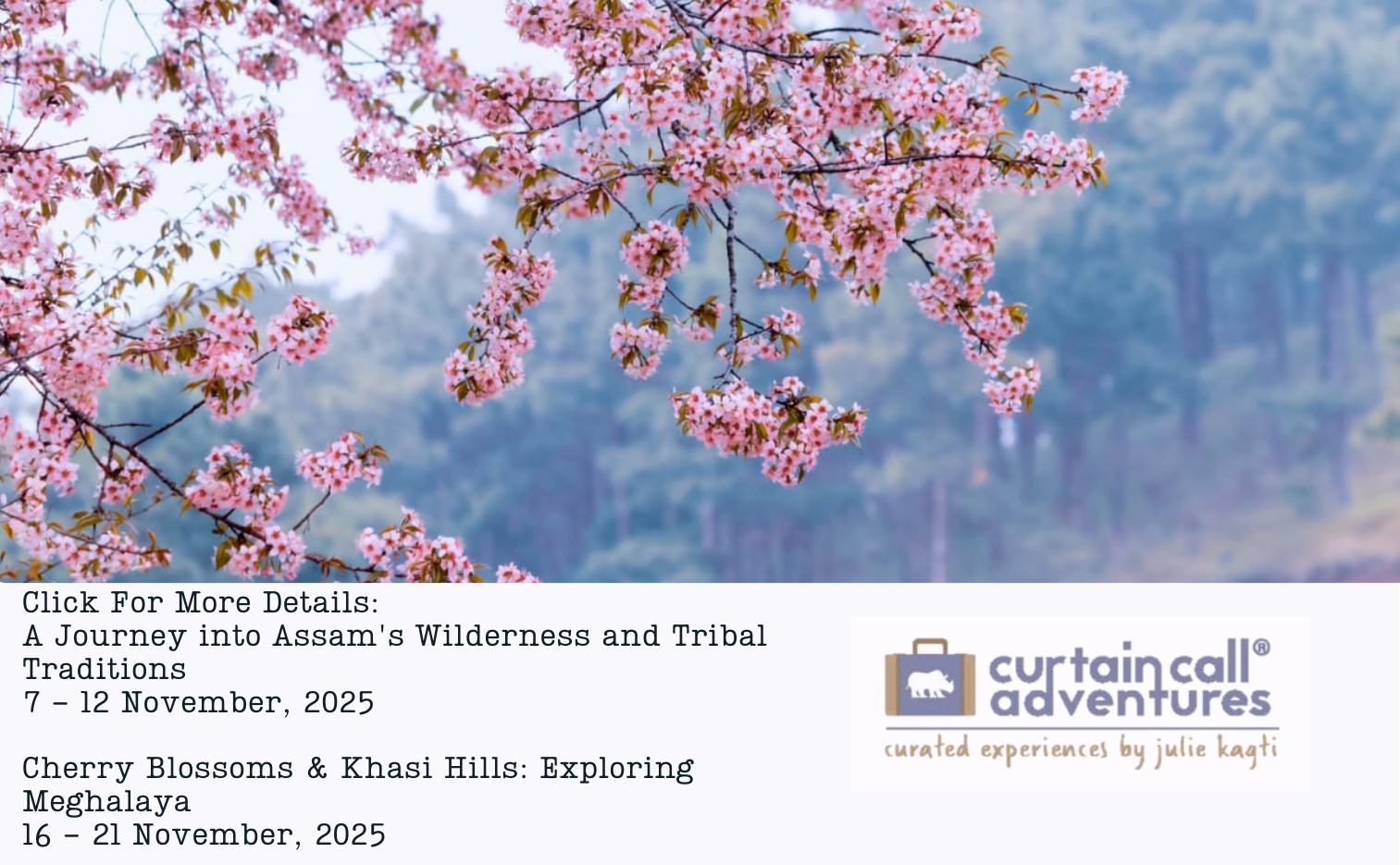
One Response
Hi, Gwen Stephen Jones (the author of this blog),
I just finished reading your post, and I absolutely loved it! The information you shared is not only insightful but also so easy to understand. You’ve made this topic very easily understandable, and I really appreciate how well you explain everything. Keep up the amazing work—I can’t wait to read more from you!
We also provide similar information about Meghalaya and the Northeast, offering insights for tourists and locals.
Here is the summary of the topic: Teer in Shillong: A Unique Game Contributes 15-20% of Meghalaya’s Economy.
Teer is a traditional archery-based lottery game popular in the northeastern states like Meghalaya. Players bet on the last two digits of the total arrows that hit a target in a competition. The game is conducted daily, with results published as a form of a lottery. The name “teer” refers to the arrows that are shot.
This government charges for the licenses of the local Teer stalls (Teer stalls are the shops from where you can select particular numbers and bet your money). There are also many hidden taxes that the government charges from the Teer-running organization.
For in-depth information please check out our Blog Post:
https://teertoday.in/the-contribution-of-teer-in-meghalayas-economy/